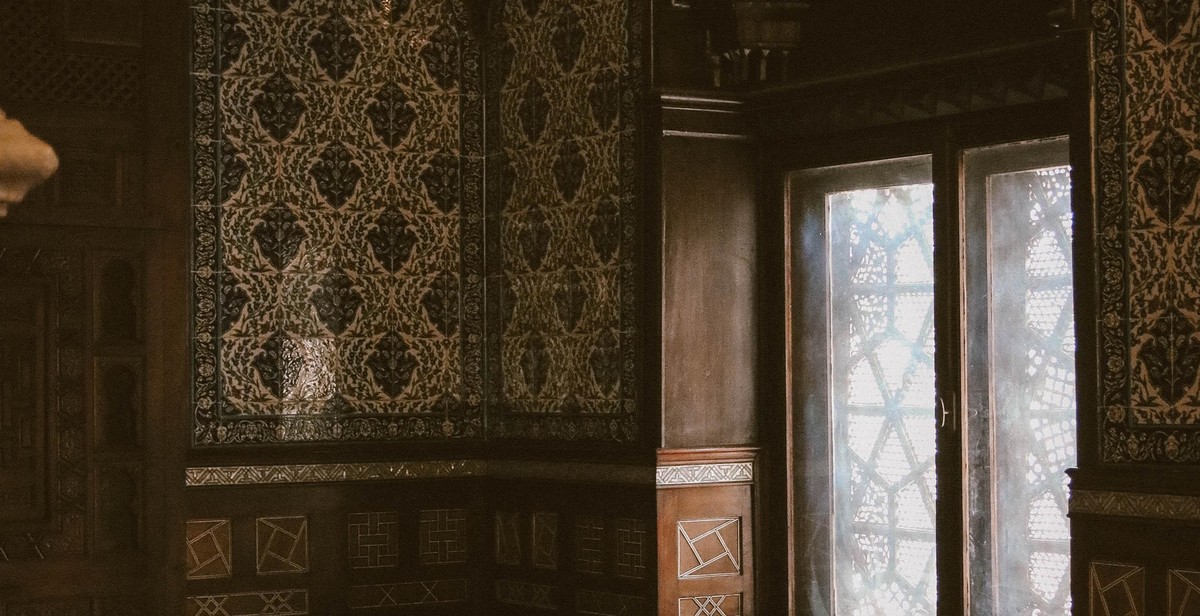How to Choose the Right Paint Colors for Your Home: Enhancing the Ambiance
Choosing the right paint colors for your home is an important decision that can greatly enhance the ambiance of your living space. The colors you choose can set the tone for each room, affect your mood, and even impact the value of your home. With so many options available, it can be overwhelming to know where to start.
Why Choosing the Right Paint Color is Important
The right paint color can make a small room feel larger, a dark room feel brighter, and a boring room feel more lively. Colors can evoke different emotions and moods, so it’s important to choose colors that reflect your personal style and the atmosphere you want to create in each room.
Additionally, choosing the right paint color can have a significant impact on the value of your home. When it comes time to sell, a well-chosen color palette can make your home more appealing to potential buyers and increase its overall value.
So, how do you choose the right paint colors for your home? There are a few key factors to consider, including the room’s purpose, lighting, and existing decor. By taking these factors into account, you can create a cohesive and inviting living space that you’ll love spending time in.

Understanding Color Psychology
Color psychology is the study of how colors affect mood and emotions. Colors can have a profound impact on our mental and emotional well-being, and this is especially true when it comes to the colors used in our homes. Understanding the psychology of color can help you choose the right paint colors for your home, creating a space that is not only aesthetically pleasing but also enhances the ambiance of each room.
How Colors Affect Mood and Emotions
Colors can evoke different emotions and moods in people. For example:
- Red: Red is a bold and energetic color that can increase heart rate and blood pressure. It is associated with passion, excitement, and danger.
- Blue: Blue is a calming and soothing color that can reduce stress and anxiety. It is associated with peace, tranquility, and trust.
- Yellow: Yellow is a cheerful and optimistic color that can enhance mood and energy levels. It is associated with happiness, warmth, and sunshine.
- Green: Green is a refreshing and calming color that can promote relaxation and balance. It is associated with nature, growth, and harmony.
- Purple: Purple is a luxurious and sophisticated color that can enhance creativity and imagination. It is associated with royalty, power, and spirituality.
By understanding the emotions and moods associated with different colors, you can choose the right paint colors for each room in your home.
Choosing Colors Based on Room Function
The function of each room in your home should also be considered when choosing paint colors. For example:
| Room | Function | Ideal Colors |
|---|---|---|
| Bedroom | Rest and relaxation | Soft blues, greens, and lavenders |
| Kitchen | Cooking and dining | Warm yellows, oranges, and reds |
| Bathroom | Cleansing and rejuvenation | Crisp whites, soft blues, and greens |
| Living Room | Entertaining and relaxation | Neutral earth tones, warm yellows, and reds |
Choosing the right paint colors for each room in your home can enhance the ambiance and create a space that is both functional and aesthetically pleasing.

Factors to Consider When Choosing Paint Colors
Choosing the right paint color for your home can be a daunting task, but it doesn’t have to be. Here are some factors to consider when selecting the perfect paint color for your home:
Natural Lighting and Room Orientation
The amount and direction of natural light in a room can greatly impact how a paint color appears. For example, north-facing rooms tend to have cooler light, which can make warm colors appear dull. Similarly, south-facing rooms tend to have warmer light, which can make cool colors appear brighter. It’s important to take note of the orientation of your room and the amount of natural light it receives before selecting a paint color.
Existing Furnishings and Decor
Your existing furnishings and decor can also influence the paint color you choose. If you have a bold piece of furniture or artwork, you may want to select a more neutral paint color to let those pieces stand out. Alternatively, if you have a more subdued color scheme in your furnishings and decor, you may want to choose a bolder paint color to add some visual interest to the room.
Personal Style and Preferences
Ultimately, your personal style and preferences should be the deciding factor when choosing a paint color. If you love bright and bold colors, don’t be afraid to incorporate them into your home. If you prefer more muted and calming colors, there are plenty of options to choose from. Remember, you will be the one living in the space, so it’s important to choose a paint color that you love and that reflects your personal style.
| Factor | Consideration |
|---|---|
| Natural Lighting and Room Orientation | Determine the direction and amount of natural light in the room before selecting a paint color. |
| Existing Furnishings and Decor | Consider the color scheme of your existing furnishings and decor when selecting a paint color. |
| Personal Style and Preferences | Choose a paint color that reflects your personal style and preferences. |

Tips for Choosing the Right Paint Colors
Choosing the right paint color for your home can be a daunting task. Here are some tips to help you make the right decision:
Use Color Samples and Swatches
Before committing to a paint color, it is important to see the color in different lighting and against other colors in the room. You can do this by using color samples and swatches. Many paint stores offer free samples that you can take home and test on your walls. You can also purchase small paint samples to test on different walls in the room.
Consider Undertones and Shades
When choosing a paint color, it is important to consider the undertones and shades of the color. Undertones are the underlying colors that give a color its hue. For example, a beige color may have pink, yellow, or green undertones. Shades refer to the lightness or darkness of a color. A light blue and a dark blue may have the same undertones, but the shades will be different. Consider how the undertones and shades will complement or clash with the other colors in the room.
Test the Paint Color in Different Lighting
It is important to test the paint color in different lighting conditions. A color may look different in natural light versus artificial light. Test the color in the morning, afternoon, and evening to see how it looks throughout the day. You can also test the color under different types of lighting, such as incandescent or fluorescent, to see how it looks.
Conclusion
Choosing the right paint color for your home can be a fun and exciting process. By using color samples and swatches, considering undertones and shades, and testing the paint color in different lighting, you can ensure that you choose a color that enhances the ambiance of your home.

Common Mistakes to Avoid When Choosing Paint Colors for Your Home
Choosing the right paint colors for your home can be a daunting task. With so many options available, it’s easy to get overwhelmed and make mistakes. Here are some common mistakes to avoid:
Choosing Colors Based on Trends
While it may be tempting to choose the latest trendy color for your walls, it’s important to remember that trends come and go quickly. Instead, choose colors that you love and that will stand the test of time. Consider the overall style and feel of your home, your personal taste, and the colors that will complement your furniture and decor.
Not Considering the Whole House Color Scheme
When choosing paint colors, it’s important to consider the color scheme of your entire home. The colors should flow seamlessly from one room to the next, creating a cohesive and harmonious look. This doesn’t mean that every room needs to be the same color, but the colors should complement each other and create a sense of unity.
Ignoring the Ceiling and Trim
Many people focus solely on the walls when choosing paint colors, but it’s important to consider the ceiling and trim as well. The ceiling can be painted a lighter shade of the same color as the walls to create a sense of height and space, or a contrasting color to add interest. The trim should also be considered, as it can be painted a different color than the walls to create a focal point or add depth.
Avoiding these common mistakes will help you choose the right paint colors for your home and enhance the ambiance of your living space.

Conclusion
Choosing the right paint colors for your home can be a daunting task, but it doesn’t have to be. By following the tips and tricks outlined in this article, you can enhance the ambiance of your home and create a space that feels warm, inviting, and stylish.
Start by considering the mood you want to create in each room and then choose colors that align with that mood. Use color theory to your advantage and select complementary or analogous colors that work well together. Don’t forget to consider the lighting in each room and how it might affect the way the colors appear.
When in doubt, opt for neutral colors that can act as a backdrop for bolder accents and accessories. And don’t be afraid to experiment with different shades and finishes to find the perfect combination for your space.
Remember, the right paint colors can transform your home and create a space that reflects your personal style and taste. So take your time, do your research, and have fun with it!
- Consider the mood you want to create in each room
- Use color theory to select complementary or analogous colors
- Don’t forget to consider the lighting in each room
- Opt for neutral colors as a backdrop for bolder accents
- Experiment with different shades and finishes
By following these simple guidelines, you can choose the right paint colors for your home and create a space that is both beautiful and functional. So go ahead and get started on your next painting project today!
